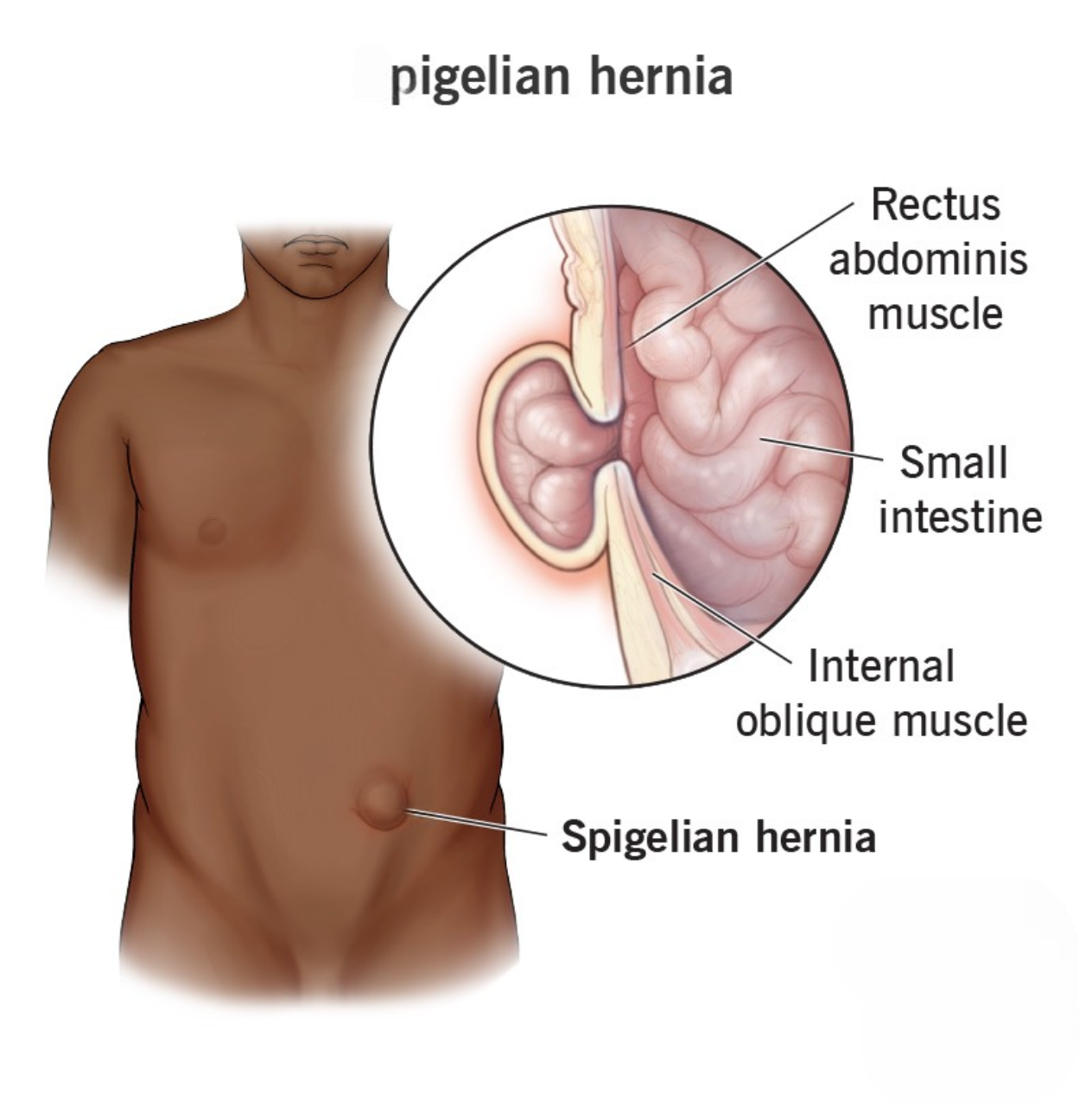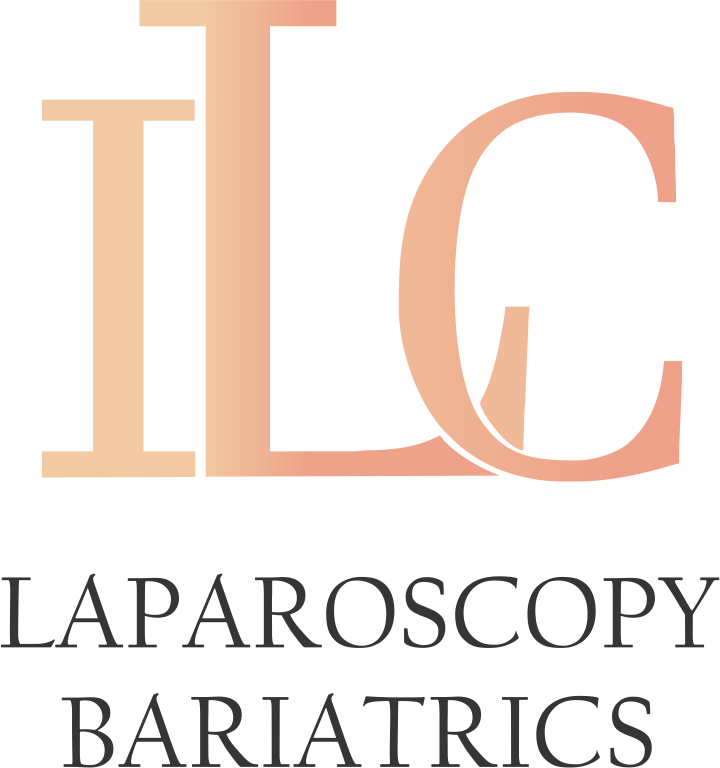- Phone : +91-9691481578
- Email : drachalagrawal@gmail.com
- Opening Hours : 10:00am to 07:00pm
Request a Callback

A Spigelian hernia, also known as a lateral ventral hernia, is a type of hernia that occurs along the side of the abdominal wall, near the semilunar line, which is a curved line that runs from the edge of the ribcage to the pubic bone.
Spigelian hernias occur when a small part of the intestine or other abdominal tissue protrudes through a weak point or opening in the Spigelian fascia, which is a layer of connective tissue that runs along the side of the abdominal wall. This type of hernia is relatively rare and can be difficult to diagnose, as the bulge or lump that forms may be small and difficult to detect.
Symptoms of a Spigelian hernia may include a small, painful bulge or lump along the side of the abdomen, abdominal pain, nausea or vomiting, and difficulty passing stool or gas. Spigelian hernias can also become incarcerated, which means that the hernia is stuck and cannot be pushed back into the abdomen. This can lead to serious complications, such as bowel obstruction or strangulation, which require immediate medical attention.
Spigelian hernias are typically diagnosed using imaging tests such as ultrasound or CT scan. Treatment usually involves surgical repair of the hernia, which may be performed through open surgery or laparoscopically. In some cases, watchful waiting may be appropriate if the hernia is small and not causing any symptoms.
Request a callback
A Spigelian hernia is a weakness or opening in the Spigelian fascia, a layer of connective tissue that runs down the side of the abdominal wall, through which a tiny portion of the intestine or other abdominal tissue can pass. Although the precise cause of a Spigelian hernia is not always understood, there are a number of things that could have an impact on how it develops, such as:
Natural weakness: Some people may naturally have a weaker abdominal wall, which increases their risk of getting a Spigelian hernia.
Aging: The abdominal wall’s supporting tissues may deteriorate with age, raising the chance of a hernia.
Previous operations: The muscles in the abdominal region may become weaker as a result of scar tissue from earlier operations, which raises the danger of a hernia.
Pregnancy: The extra pressure placed on the abdominal wall during pregnancy can cause the muscles to weaken and raise the risk of a hernia.
Obesity: Being overweight or obese can put more strain on the abdominal wall, weakening it and increasing the risk of a hernia.
Physical activity: Workouts that require heavy lifting, bending, or twisting can put stress on the abdominal muscles and raise the risk of a hernia.
The signs and symptoms of a Spigelian hernia can be similar to those of other types of hernias, but there are some differences that may be more specific to this type of hernia. Some of the most common signs and symptoms of a Spigelian hernia include:
For a diagnosis and treatment, it’s crucial to see a doctor if you’re exhibiting any of these symptoms. A Spigelian hernia may occasionally develop into a medical emergency if it becomes imprisoned and blocks the intestine or reduces the blood flow to the herniated tissue.
Frequently Asked Questions
The Amazing Steps Of Our Treatment
1
Book your Appointment
2
In Person Counselling
3
Weekly Followup

get in touch
Give Your Loved Ones Quality Care You Can Trust

Quick Link
Hernia Treatments
get in touch
©Copyright 2023. All Rights Reserved.